Home>Garden Essentials>What Does An Astro Turf Football Field Cost
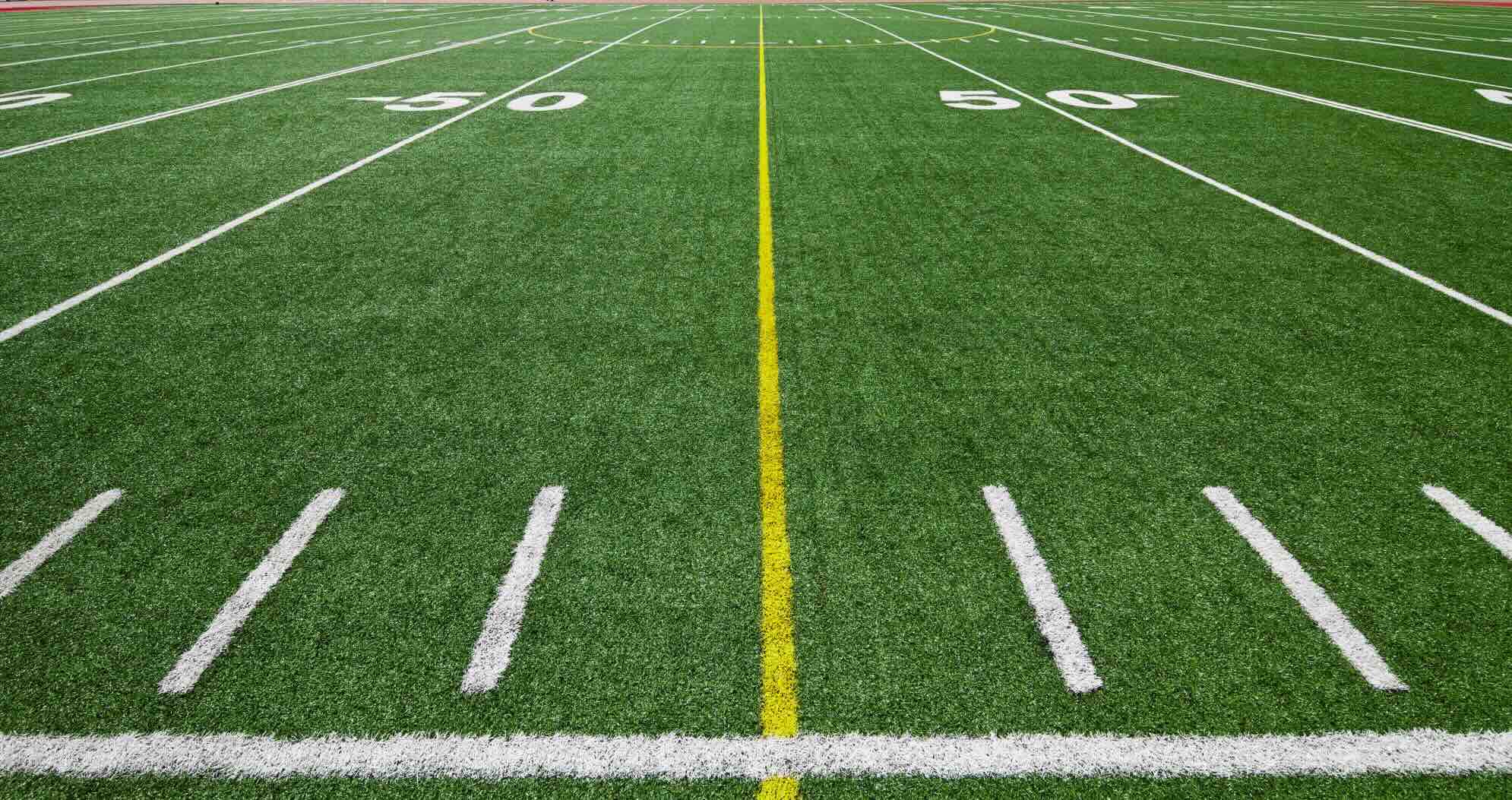

Garden Essentials
What Does An Astro Turf Football Field Cost
Modified: March 24, 2024
Discover the cost of installing an astro turf football field in your garden. Learn about the expenses and factors involved in the process.
(Many of the links in this article redirect to a specific reviewed product. Your purchase of these products through affiliate links helps to generate commission for Storables.com, at no extra cost. Learn more)
Introduction
Welcome to the exciting world of astro turf football fields! Whether you're a sports enthusiast, a school administrator, or a community organizer, understanding the cost factors associated with astro turf football fields is essential for making informed decisions.
Astro turf, also known as artificial turf, is a synthetic surface designed to mimic the look and feel of natural grass. It has revolutionized the sports industry, offering a durable, low-maintenance, and weather-resistant alternative to traditional grass fields. As the popularity of astro turf continues to soar, it's crucial to delve into the intricacies of its cost implications.
In this comprehensive guide, we will explore the various elements that contribute to the overall cost of an astro turf football field. From the materials required to the installation process and ongoing maintenance, we'll dissect each aspect to provide you with a clear understanding of the financial investment involved. Whether you're considering installing a new astro turf field or refurbishing an existing one, this article will serve as your go-to resource for navigating the financial landscape of astro turf football fields.
So, fasten your seatbelts as we embark on an enlightening journey through the world of astro turf football field costs. Whether you're a passionate football player dreaming of a pristine playing surface or a decision-maker evaluating the feasibility of an astro turf project, this article is tailored to equip you with the knowledge needed to make informed choices. Let's kick off our exploration of astro turf football field costs and unravel the intricacies of this innovative sporting solution.
Key Takeaways:
- Astro turf football field costs are influenced by factors like field size, turf quality, and site preparation. Understanding these factors helps in accurate budget planning for installation and maintenance.
- The total cost of an astro turf football field includes materials, installation, and maintenance. It’s an investment in a durable, low-maintenance playing surface, requiring proactive maintenance for long-term benefits.
Read more: What Football Stadiums Use Astro Turf
Factors Affecting Cost
Several key factors influence the cost of an astro turf football field, each playing a pivotal role in determining the overall financial investment. Understanding these factors is essential for accurately assessing the budgetary requirements and making informed decisions. Let’s delve into the primary elements that impact the cost of an astro turf football field:
- Field Size: The dimensions of the football field significantly impact the overall cost. Larger fields require more materials and labor, leading to higher expenses. The size of the field is a fundamental factor that directly correlates with the total cost of the astro turf installation.
- Quality of Turf: The quality and technology integrated into the astro turf material influence its cost. Advanced turf systems designed for enhanced durability, traction, and player safety may come at a higher price point. Evaluating the specific requirements and performance attributes desired for the football field is crucial in determining the cost of the turf material.
- Site Preparation: The condition of the site where the astro turf will be installed plays a significant role in cost determination. Factors such as land grading, drainage systems, and soil stabilization can contribute to additional expenses. Assessing the site’s existing infrastructure and any necessary preparatory work is essential for accurate cost estimation.
- Additional Features: Incorporating supplementary features, such as shock pads for impact absorption, line markings, and logo customization, can add to the overall cost of the astro turf football field. These enhancements contribute to the functionality and aesthetic appeal of the field but should be considered in the budgeting process.
- Geographic Location: The geographic location of the installation site can impact the cost due to varying labor rates, material availability, and local regulations. Understanding the regional dynamics and associated cost implications is vital for realistic budget planning.
By comprehensively analyzing these factors, stakeholders can gain a holistic understanding of the cost components involved in an astro turf football field project. Each element interconnects to shape the overall financial requirements, guiding decision-makers in effectively planning and executing astro turf installations with financial prudence.
Cost of Materials
When considering the installation of an astro turf football field, the cost of materials constitutes a significant portion of the overall budget. Understanding the specific components and their associated expenses is essential for accurate cost estimation. Let’s explore the primary materials involved in an astro turf football field and their respective cost considerations:
- Astro Turf Rolls: The astro turf itself is a fundamental material, typically sold in rolls of varying dimensions. The cost of these rolls depends on the quality, pile height, and backing system of the turf. Higher quality turf with advanced features may command a higher price per square foot.
- Infills: Infill materials, such as sand and rubber granules, are essential for providing stability, cushioning, and traction to the astro turf. The cost of infills varies based on the type, quantity, and desired performance attributes. Premium infill materials designed for superior shock absorption and player comfort may incur higher expenses.
- Shock Pads: Shock pads, which enhance impact attenuation and energy restitution, are optional but valuable additions to astro turf installations. The cost of shock pads is determined by their thickness, density, and material composition, with thicker and more advanced pads generally commanding higher prices.
- Adhesives and Seam Tape: Adhesives and seam tape are essential for securing the astro turf rolls and ensuring seamless integration. The cost of these materials is influenced by their adhesive strength, weather resistance, and compatibility with the astro turf backing.
- Line Markings and Customization: Incorporating line markings, logos, and custom designs on the astro turf surface adds to the overall aesthetic appeal and functionality of the football field. The cost of these customization features varies based on the complexity and scale of the designs.
By meticulously evaluating the cost of these materials and considering the specific requirements of the astro turf football field project, stakeholders can develop a comprehensive understanding of the material-related expenses. Additionally, engaging with reputable suppliers and manufacturers can provide insights into cost-effective yet high-quality material options, contributing to prudent budget management.
Cost of Installation
The installation process is a critical phase in bringing an astro turf football field to life, and its cost encompasses various components that collectively contribute to the overall project budget. Understanding the intricacies of installation expenses is essential for accurate financial planning and decision-making. Let’s delve into the primary cost considerations associated with the installation of an astro turf football field:
- Labor Costs: Skilled labor is essential for the successful installation of astro turf, encompassing tasks such as site preparation, turf laying, infill spreading, and seam sealing. Labor costs are influenced by factors such as project duration, workforce size, and prevailing wage rates in the installation location.
- Equipment Rentals: Specialized equipment, including turf cutters, compactors, and adhesive applicators, is necessary for efficient and precise installation. The rental or procurement of these tools contributes to the overall installation cost and should be factored into the budget.
- Site Preparation: Preparing the installation site, which may involve land grading, soil stabilization, and drainage system implementation, is a foundational aspect of the installation process. The cost of site preparation is contingent on the existing site condition and any necessary enhancements required for optimal astro turf integration.
- Waste Disposal: Proper disposal of excess materials, old turf, and construction waste is an essential aspect of the installation process. Waste disposal costs should be accounted for to ensure environmental compliance and site cleanliness post-installation.
- Project Management and Oversight: Engaging professional project management services and oversight contributes to the efficient execution of the installation, ensuring adherence to timelines, quality standards, and safety protocols. The associated costs reflect the expertise and guidance provided throughout the project lifecycle.
By comprehensively assessing the cost components of astro turf installation, stakeholders can gain a holistic understanding of the financial investment required to bring the football field vision to fruition. Additionally, collaborating with experienced installation professionals and seeking multiple cost estimates can facilitate informed decision-making and optimal budget allocation, ultimately leading to a successful and cost-effective installation process.
When budgeting for an Astro Turf football field, consider the cost of the turf itself, installation, and any additional features like drainage systems or line markings. It’s also important to factor in ongoing maintenance expenses.
Maintenance Costs
While the initial installation of an astro turf football field constitutes a significant investment, it is essential to consider the ongoing maintenance costs to ensure the field’s longevity, performance, and safety. Maintenance plays a crucial role in preserving the quality and functionality of the astro turf, contributing to the overall cost of ownership. Let’s explore the key maintenance considerations and their associated costs:
- Cleaning and Grooming: Regular cleaning and grooming of the astro turf surface are essential for removing debris, preventing compaction, and maintaining optimal playing conditions. The cost of professional cleaning services, specialized turf grooming equipment, and cleaning agents should be factored into the maintenance budget.
- Infill Replenishment: Over time, infill materials may compact or disperse, necessitating replenishment to uphold proper cushioning, traction, and field stability. The cost of infill replenishment depends on the type and quantity of infill required, as well as the labor involved in the replenishment process.
- Repairs and Replacements: Addressing wear and tear, seam separations, and minor damages promptly is crucial for prolonging the astro turf’s lifespan. Budgeting for potential repairs, seam resealing, and turf patching is essential to mitigate long-term degradation and ensure a safe and visually appealing playing surface.
- Inspections and Assessments: Periodic inspections and assessments by qualified professionals help identify maintenance needs, potential issues, and performance optimization opportunities. Allocating resources for routine inspections contributes to proactive maintenance planning and cost-effective problem resolution.
- Weather Protection: Implementing weather protection measures, such as covering the astro turf during extreme weather conditions, can safeguard the field from damage and minimize long-term maintenance costs. The cost of protective covers and associated equipment should be considered in the maintenance budget.
By acknowledging the ongoing maintenance requirements and associated costs, stakeholders can adopt a proactive approach to preserving the astro turf football field’s quality and functionality. Implementing a comprehensive maintenance plan, leveraging professional maintenance services, and investing in high-quality maintenance materials and equipment are essential strategies for managing long-term maintenance costs while maximizing the field’s lifespan and performance.
Read more: Best Football Boots For Astro Turf
Total Cost of an Astro Turf Football Field
Calculating the total cost of an astro turf football field involves consolidating the expenses related to materials, installation, and maintenance, providing a comprehensive overview of the financial investment required for the project’s lifecycle. By integrating the various cost components, stakeholders can gain a holistic understanding of the total cost implications. Let’s explore the comprehensive breakdown of the total cost of an astro turf football field:
- Materials: The cost of astro turf rolls, infills, shock pads, adhesives, seam tape, line markings, and customization features constitutes a significant portion of the total cost. Careful consideration of material quality, quantity, and customization requirements is essential for accurate budgeting.
- Installation: Labor costs, equipment rentals, site preparation, waste disposal, and project management services contribute to the installation expenses. Factoring in these costs provides a clear understanding of the financial investment required to bring the astro turf football field to fruition.
- Maintenance: Ongoing maintenance costs, including cleaning and grooming, infill replenishment, repairs, inspections, and weather protection measures, are integral to preserving the field’s quality and performance. Considering these costs provides insight into the long-term financial commitment associated with astro turf maintenance.
By meticulously analyzing the individual cost components and their collective impact, stakeholders can develop a comprehensive understanding of the total cost of an astro turf football field. Additionally, engaging with experienced astro turf professionals, seeking multiple cost estimates, and prioritizing quality and longevity in material selection and maintenance planning contribute to prudent financial decision-making.
Ultimately, the total cost of an astro turf football field represents an investment in a durable, all-weather playing surface that offers long-term benefits in terms of player safety, usability, and aesthetic appeal. By embracing a strategic and informed approach to cost assessment and management, stakeholders can navigate the financial landscape with confidence, ensuring the successful realization and sustainable maintenance of astro turf football fields.
Conclusion
Embarking on the journey of exploring the cost dynamics of astro turf football fields has unveiled the multifaceted financial considerations inherent in bringing these innovative sporting surfaces to life. From the initial installation to ongoing maintenance, the cost implications encompass a spectrum of elements that collectively shape the overall financial investment. As we conclude our exploration, it’s essential to reflect on the key insights garnered and the significance of informed decision-making in navigating the financial landscape of astro turf football fields.
Understanding the factors affecting cost, including field size, turf quality, site preparation, additional features, and geographic location, provides stakeholders with a nuanced perspective on the diverse elements influencing the financial investment. By comprehensively assessing these factors, decision-makers can develop a holistic understanding of the cost dynamics, enabling informed budget planning and resource allocation.
The cost of materials and installation constitutes the foundational components of the astro turf football field project, encompassing the procurement of astro turf rolls, infills, shock pads, adhesives, and seam tape, as well as labor, equipment rentals, site preparation, and project management services. By meticulously evaluating these cost elements, stakeholders gain clarity on the financial requirements essential for bringing the project to fruition with precision and prudence.
Moreover, the acknowledgment of ongoing maintenance costs underscores the long-term commitment and responsible stewardship integral to preserving the astro turf football field’s quality, safety, and performance. By proactively addressing cleaning, grooming, infill replenishment, repairs, and weather protection, stakeholders can ensure the sustained functionality and aesthetic appeal of the field, optimizing the return on investment over its lifespan.
In essence, the total cost of an astro turf football field represents a strategic investment in a durable, low-maintenance, and weather-resistant playing surface that offers enduring benefits to players, communities, and organizations. By embracing a comprehensive understanding of the cost implications and leveraging professional expertise in material selection, installation, and maintenance, stakeholders can navigate the financial landscape with confidence and foresight.
As we bid adieu to our enlightening exploration, armed with a deeper appreciation of the financial intricacies of astro turf football fields, it is evident that informed decision-making, prudent budget planning, and a commitment to quality and sustainability are foundational pillars in realizing and maintaining these innovative sporting assets. Whether fostering athletic excellence, promoting community engagement, or elevating recreational experiences, astro turf football fields stand as enduring testaments to the harmonious fusion of sports, technology, and financial acumen.
Frequently Asked Questions about What Does An Astro Turf Football Field Cost
Was this page helpful?
At Storables.com, we guarantee accurate and reliable information. Our content, validated by Expert Board Contributors, is crafted following stringent Editorial Policies. We're committed to providing you with well-researched, expert-backed insights for all your informational needs.
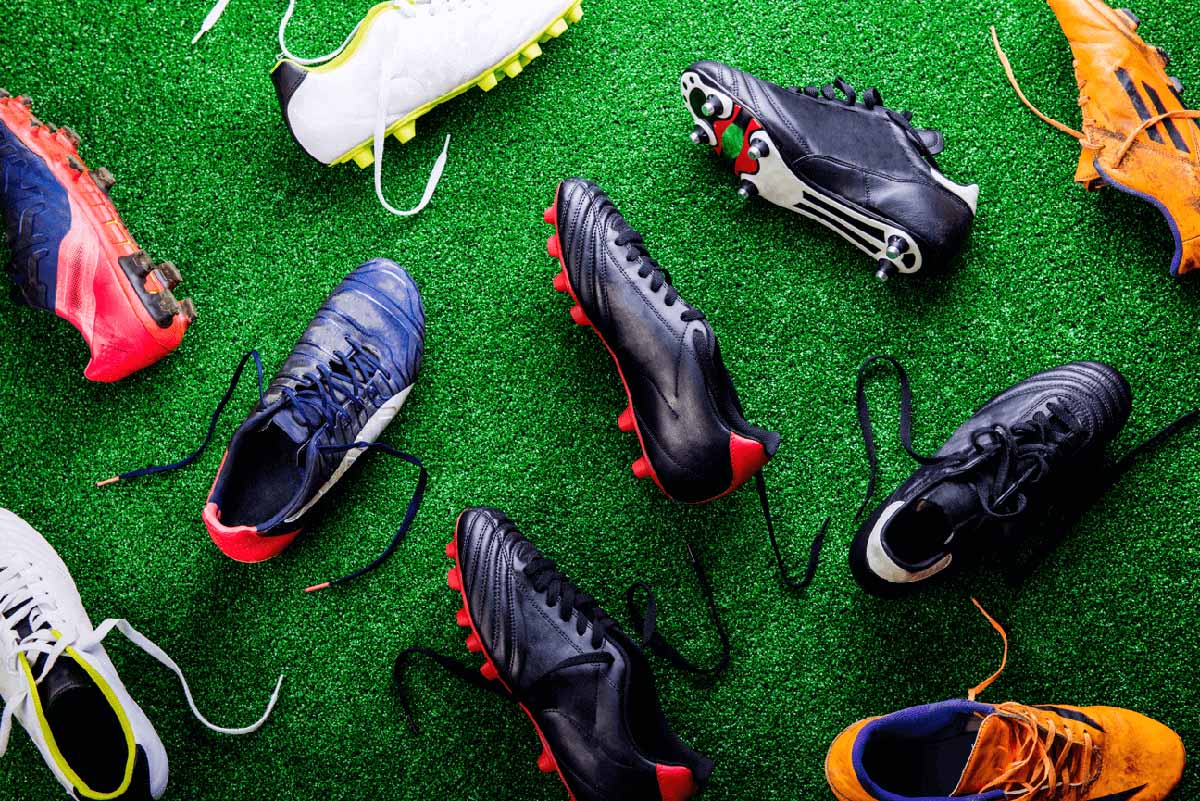
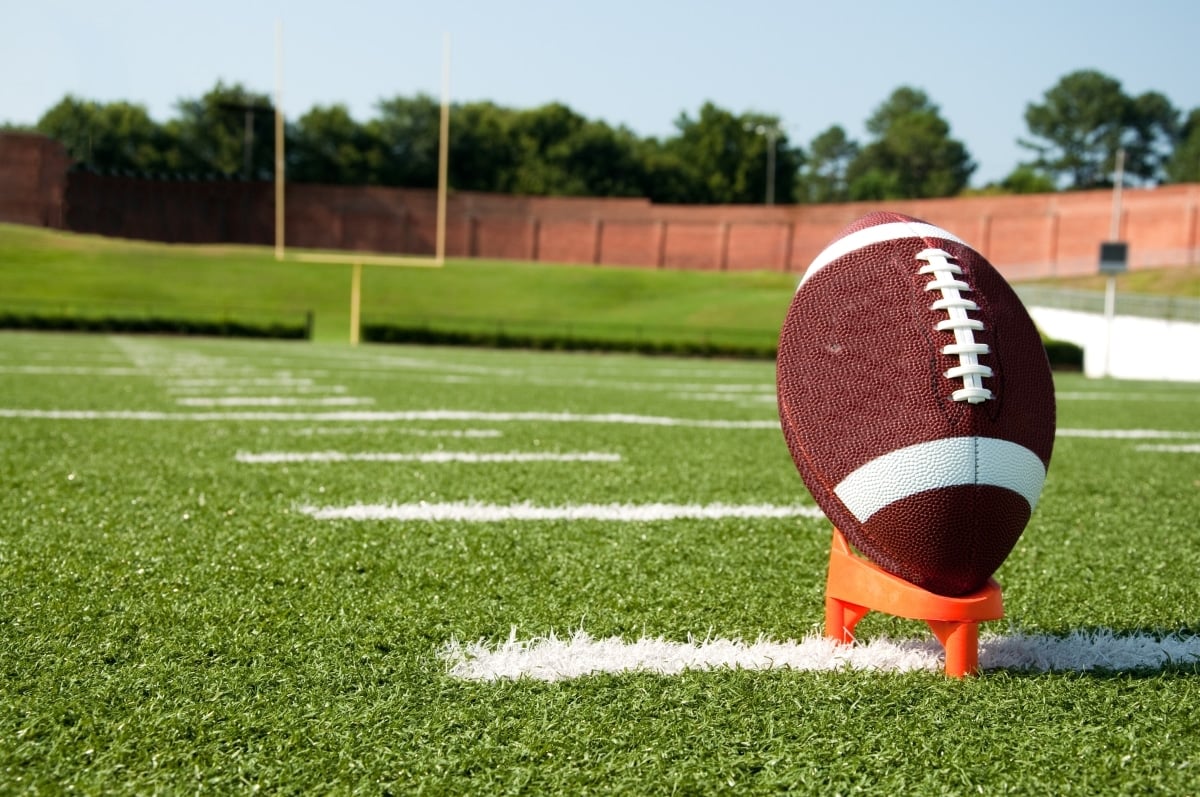
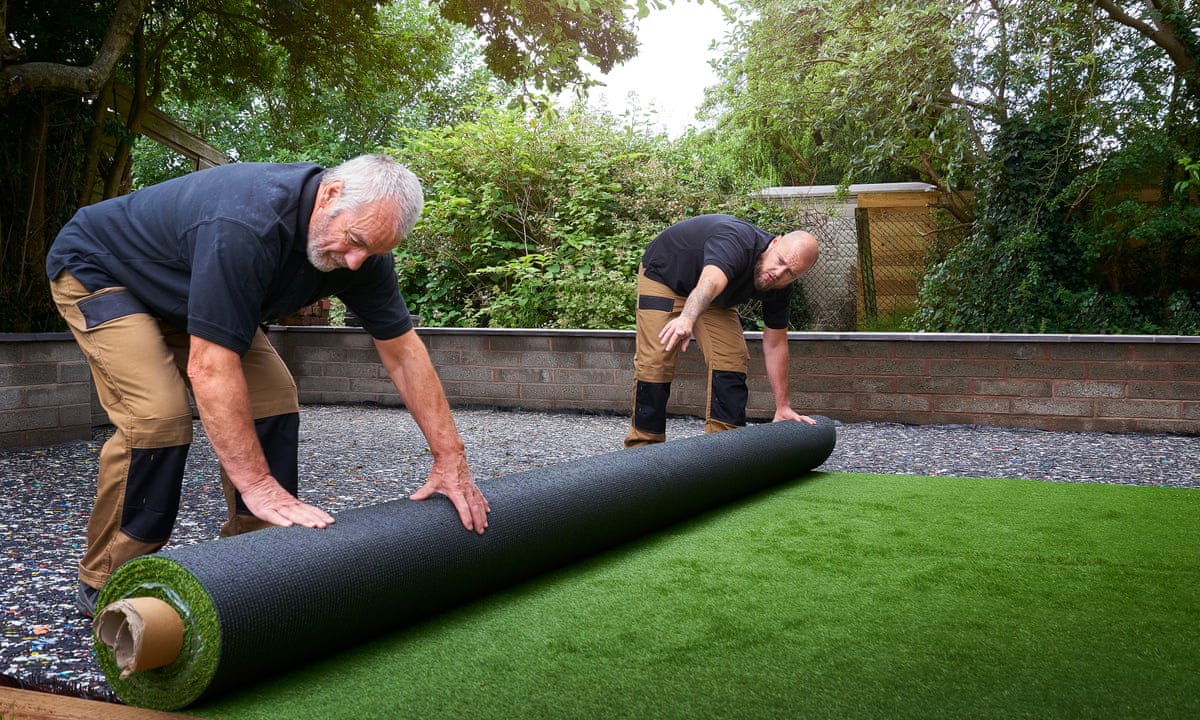
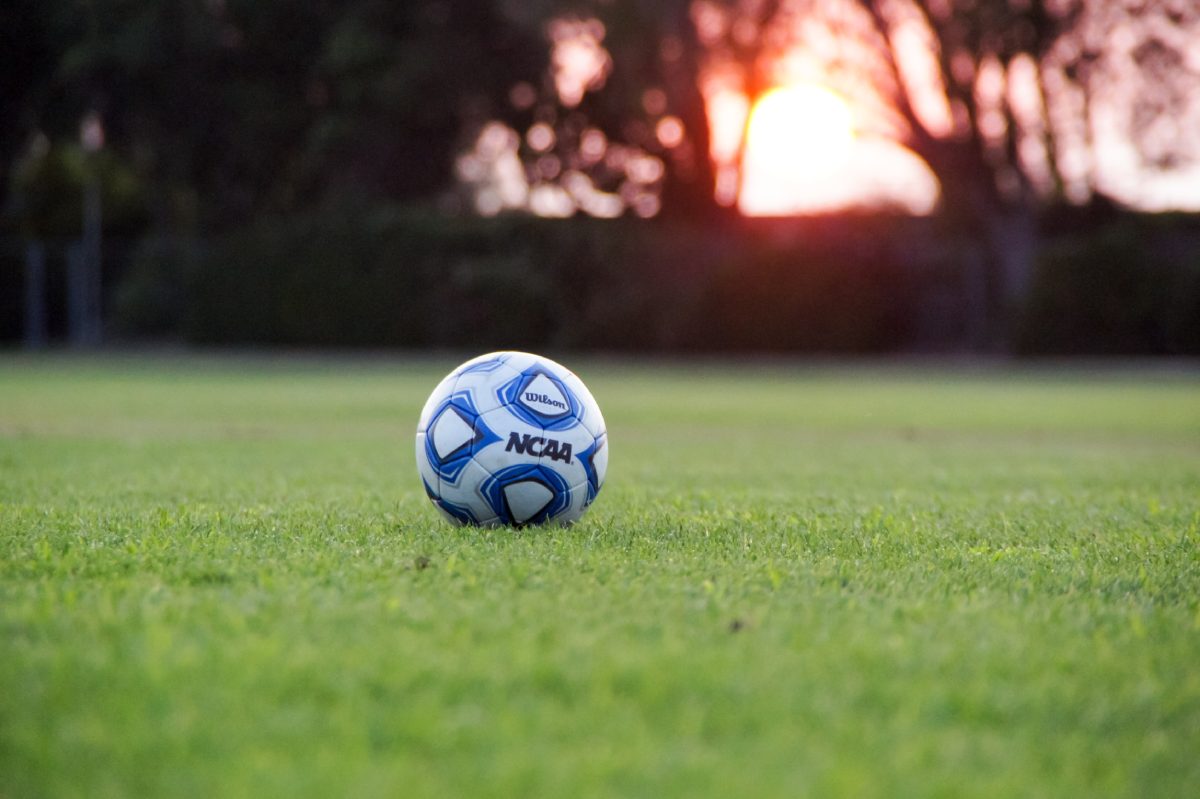
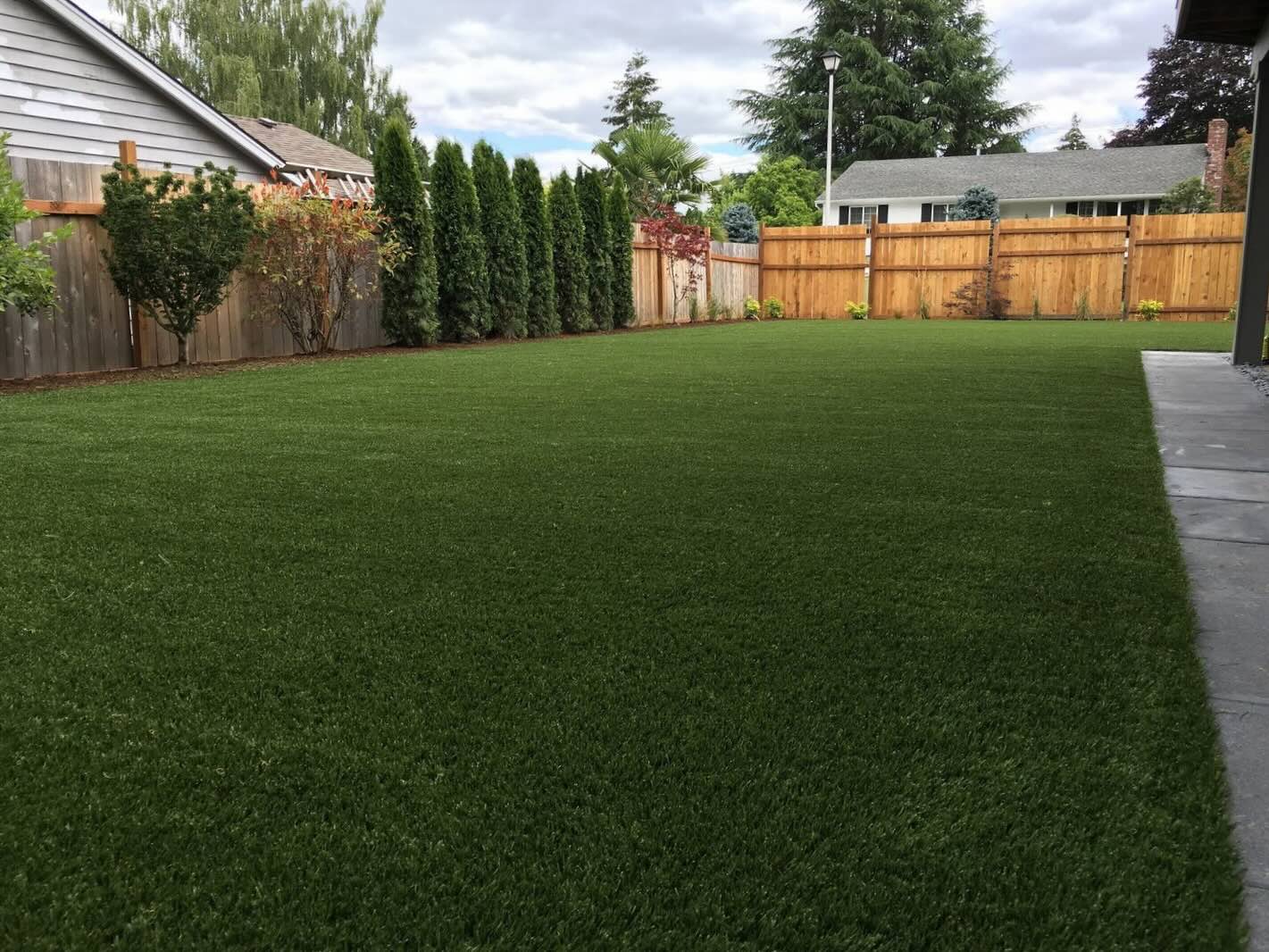
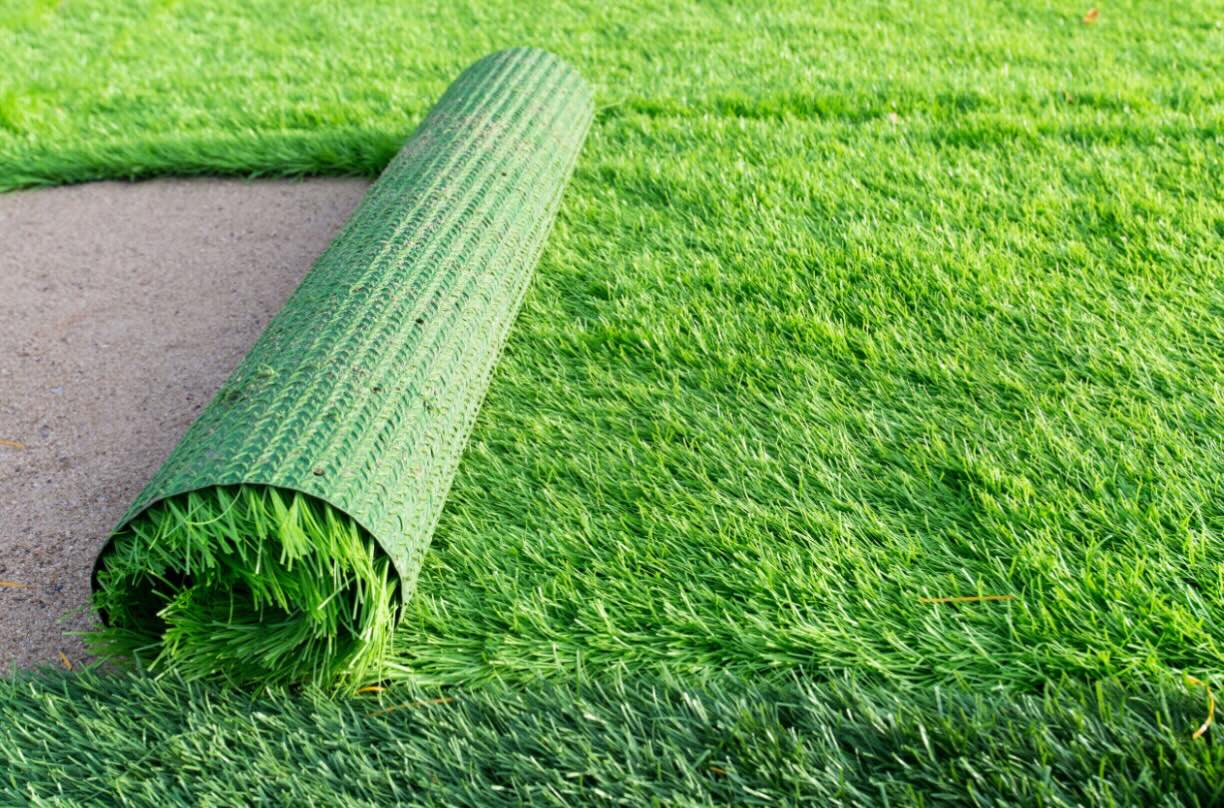
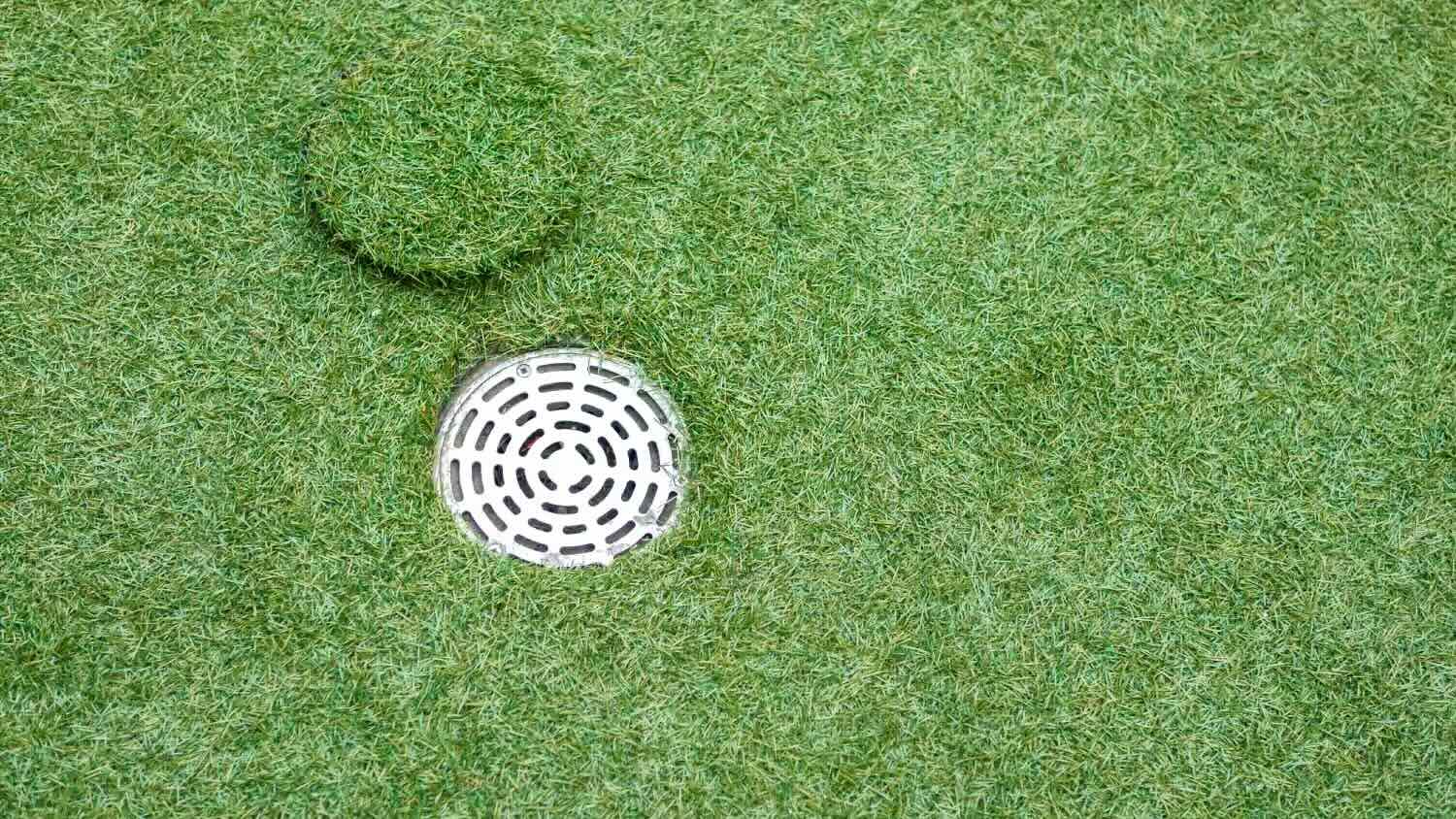
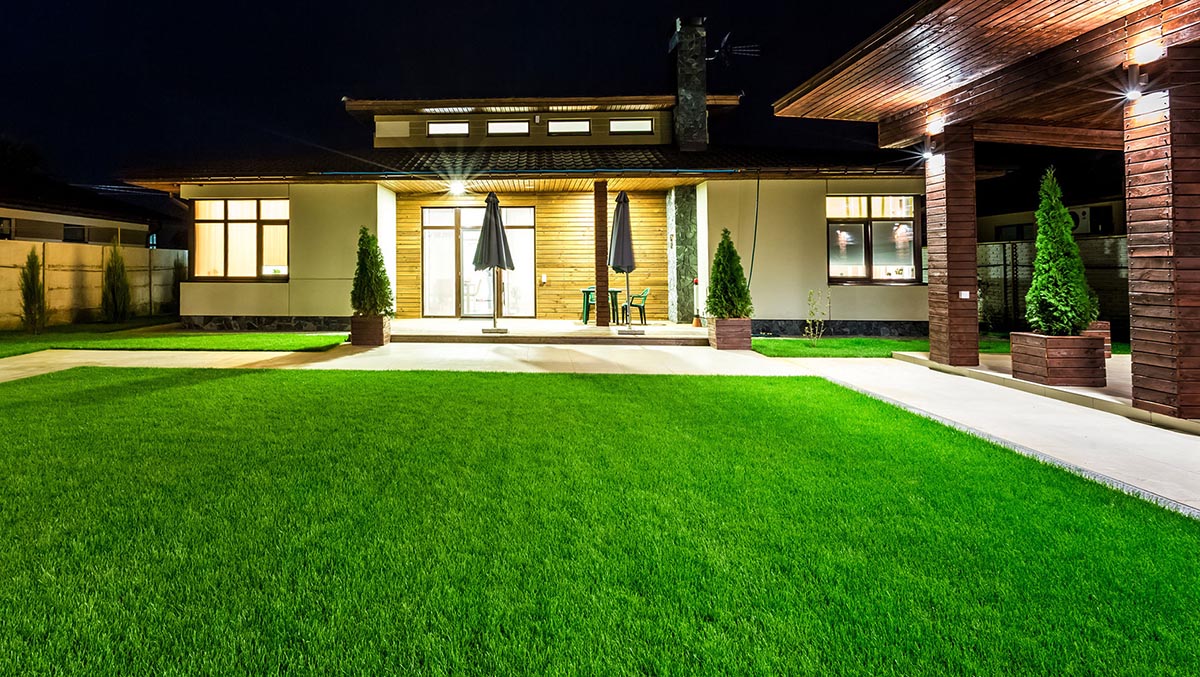
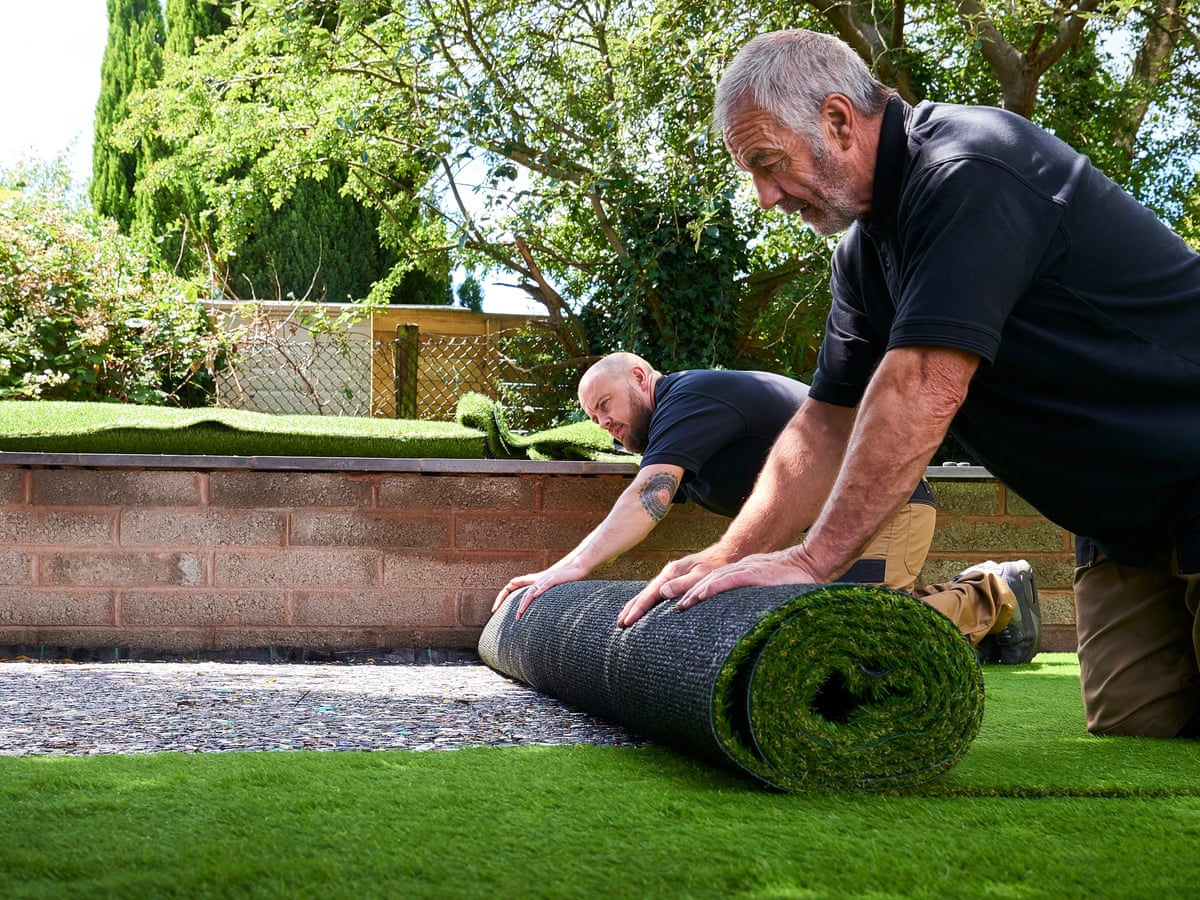
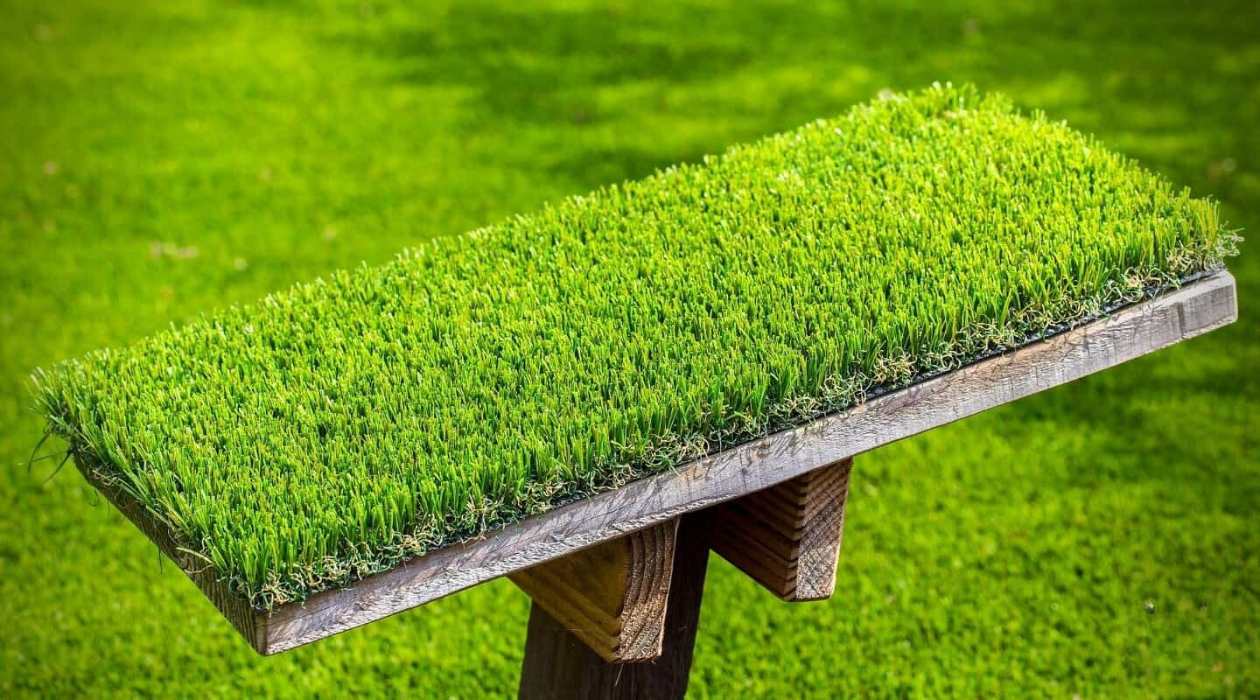
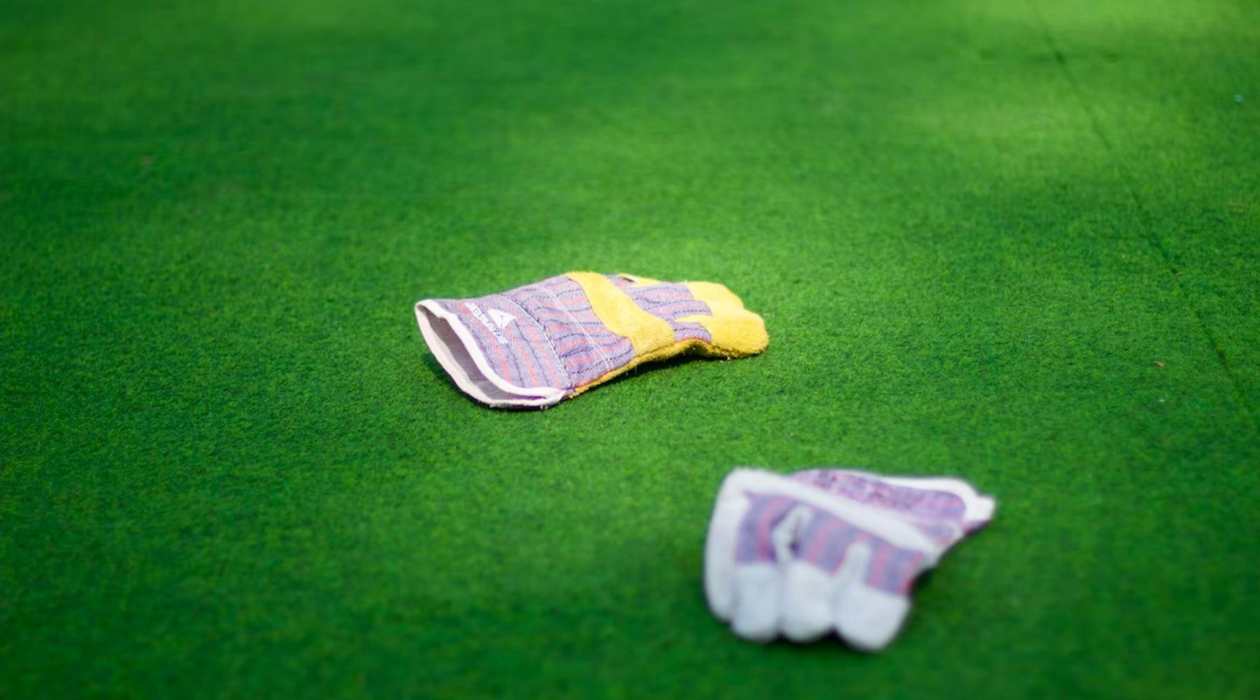
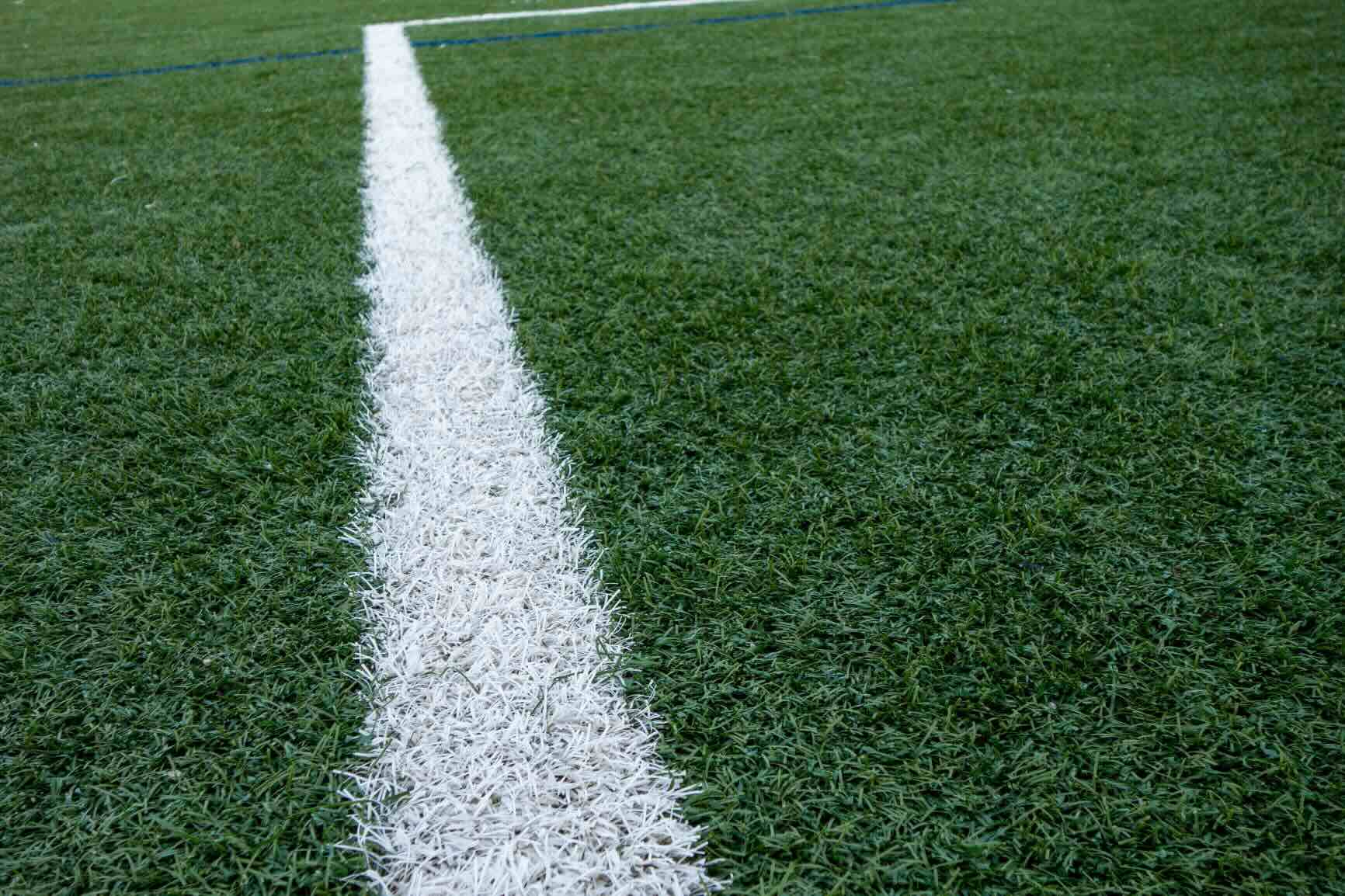
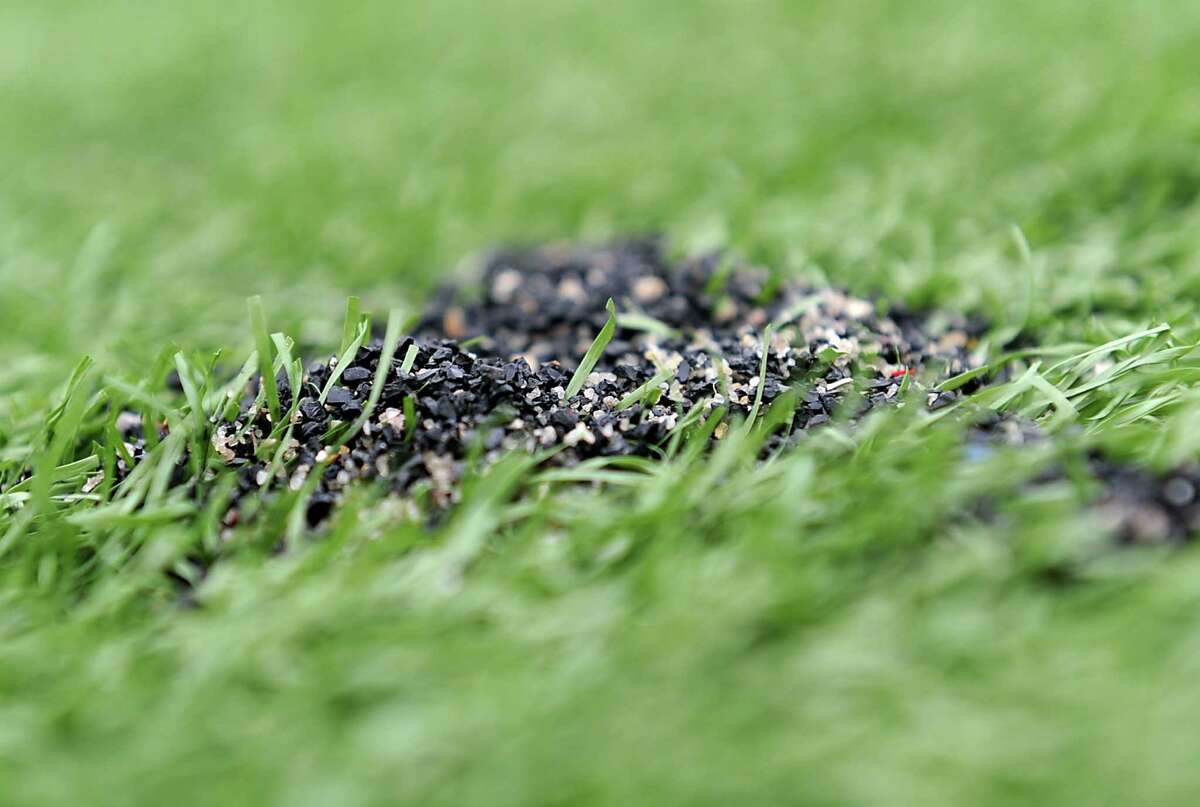
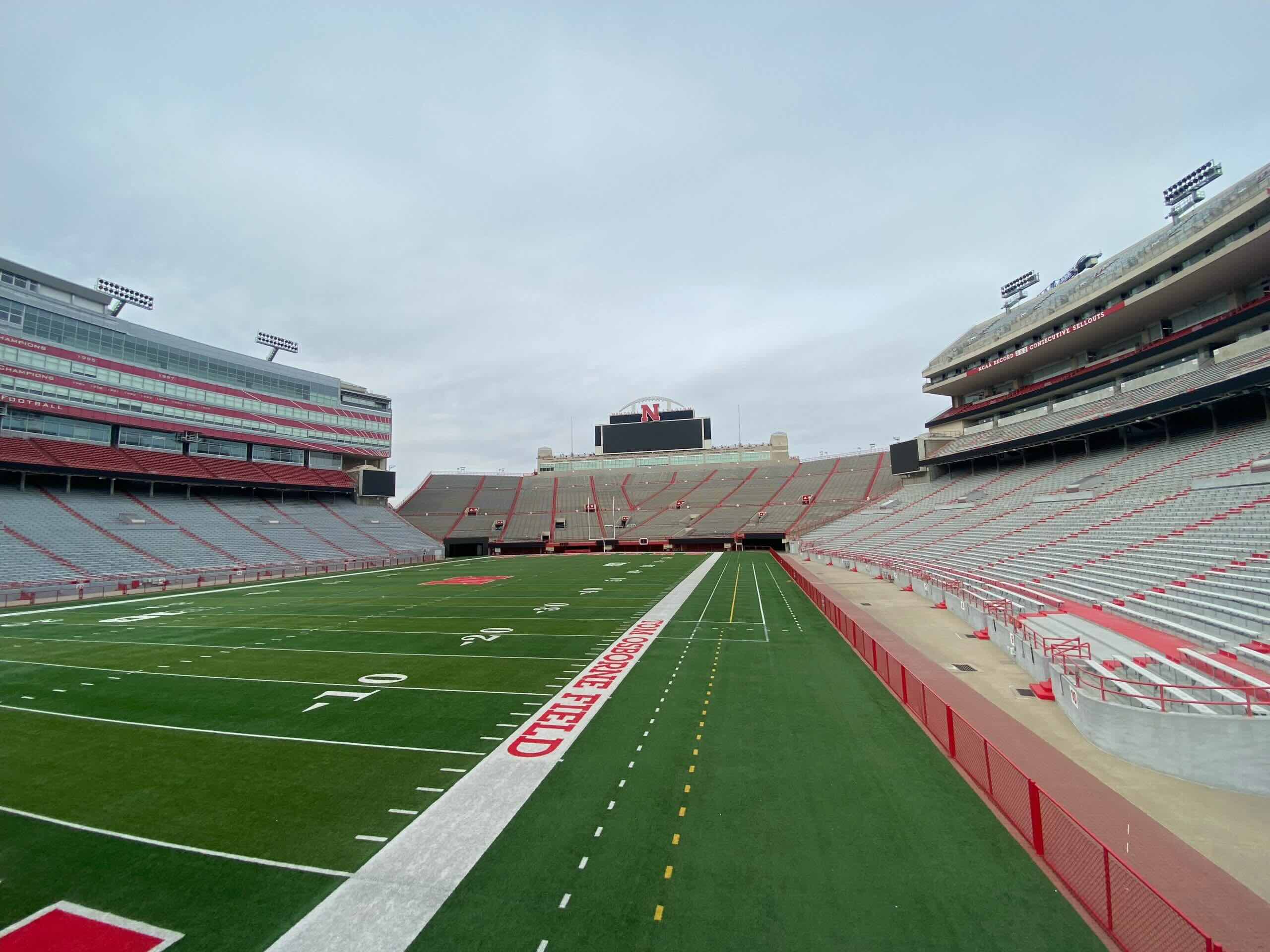

0 thoughts on “What Does An Astro Turf Football Field Cost”